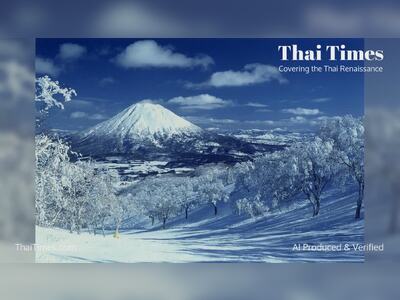Cosmic Collisions: Lessons from the Dance of Galaxies
What the merger of distant galaxies teaches us about creation, conflict, and collaboration.
In a universe vast and largely unknown, the cosmic ballet of galaxy collisions offers a serene insight into the nature of creation itself.
A captivating illustration of this dance is found in the recent images captured by NASA’s James Webb Space Telescope, showcasing the enigmatic Arp 142—often whimsically titled the Penguin and the Egg—engaging in a gravitational pirouette within the Hydra constellation.
Resting approximately three hundred twenty-six million light-years from Earth, this meeting of celestial giants is a final reminder of the perpetual dynamism that governs the universe.
While the collision of galaxies appears as beautiful chaos from our vantage point, it is in fact a prelude to creation: a cradle for nascent stars and planetary systems.
The irony of the situation is palpable.
Here in space, conflict often acts as a catalyst for new beginnings, while on Earth, it frequently inhibits progress.
Yet it is this very insight into the cosmos that underscores the invaluable role of observatories like Webb, which offer not just scientific clarity but philosophical reflection as well.
These galaxy mergers force us to consider our own potential for transformation.
If one were to view Earth and its inhabitants through a lens akin to that of Arp 142, what cultural or scientific amalgamations might emerge, and which aspects of our civilization risk obsolescence?
Moving beyond mere observation, this cosmic lesson could serve as an allegory for human cooperation, encouraging us to approach global issues and collaborations—the environmental crises, for instance—with a mindset open to transformative possibilities.
In contemplating the magnificent mergers of galaxies, we are invited to explore the potential of our own societal ethos.
Not all collisions yield positive results, a fact that mandates careful navigation.
By internalizing this celestial wisdom, we face an opportunity to apply its lessons to more profound international collaborations or innovative approaches to enduring challenges.
Perhaps our era will be remembered by future historians as a pivotal moment, when humanity chose to look beyond its own horizon and bear the cosmos as both muse and mentor.
For as we peer deeply into the silent expanse of space, let us also reflect inward, embracing the cosmic waltz and the lessons it imparts.
Creation might stem from conflict, yet it is in our response to these collisions that we shape our future.
Are we, then, prepared to join this grand dance, with all its messiness and potential for beauty?
A captivating illustration of this dance is found in the recent images captured by NASA’s James Webb Space Telescope, showcasing the enigmatic Arp 142—often whimsically titled the Penguin and the Egg—engaging in a gravitational pirouette within the Hydra constellation.
Resting approximately three hundred twenty-six million light-years from Earth, this meeting of celestial giants is a final reminder of the perpetual dynamism that governs the universe.
While the collision of galaxies appears as beautiful chaos from our vantage point, it is in fact a prelude to creation: a cradle for nascent stars and planetary systems.
The irony of the situation is palpable.
Here in space, conflict often acts as a catalyst for new beginnings, while on Earth, it frequently inhibits progress.
Yet it is this very insight into the cosmos that underscores the invaluable role of observatories like Webb, which offer not just scientific clarity but philosophical reflection as well.
These galaxy mergers force us to consider our own potential for transformation.
If one were to view Earth and its inhabitants through a lens akin to that of Arp 142, what cultural or scientific amalgamations might emerge, and which aspects of our civilization risk obsolescence?
Moving beyond mere observation, this cosmic lesson could serve as an allegory for human cooperation, encouraging us to approach global issues and collaborations—the environmental crises, for instance—with a mindset open to transformative possibilities.
In contemplating the magnificent mergers of galaxies, we are invited to explore the potential of our own societal ethos.
Not all collisions yield positive results, a fact that mandates careful navigation.
By internalizing this celestial wisdom, we face an opportunity to apply its lessons to more profound international collaborations or innovative approaches to enduring challenges.
Perhaps our era will be remembered by future historians as a pivotal moment, when humanity chose to look beyond its own horizon and bear the cosmos as both muse and mentor.
For as we peer deeply into the silent expanse of space, let us also reflect inward, embracing the cosmic waltz and the lessons it imparts.
Creation might stem from conflict, yet it is in our response to these collisions that we shape our future.
Are we, then, prepared to join this grand dance, with all its messiness and potential for beauty?











